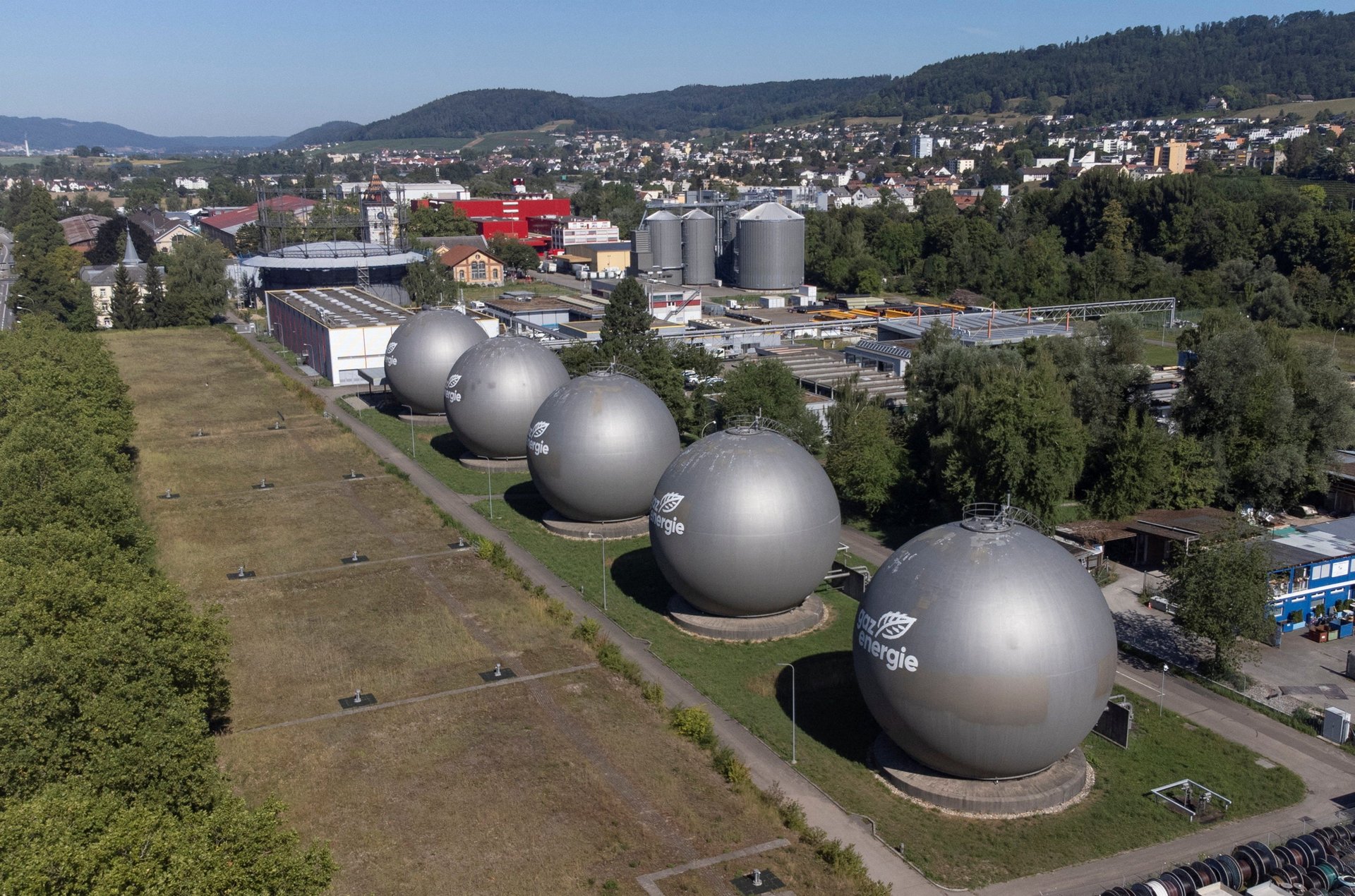Europe's new energy problem: it now has too much gas
Gas futures have dropped by 86% from the peak in August 2022

Europe has come a long way from the frenzied stockpiling driving up natural gas prices a year ago. As of May 9, Europe’s gas storage was full to 62%, and at the current pace of refilling, storage is expected to hit its capacity of about 1,138 terawatt-hours (TWh) by late August, according to estimates by Morgan Stanley. And it is driving down gas prices.
Suggested Reading
In August 2022, Dutch TFF gas futures, the benchmark European contract, hit €243.72 ($265.94) per megawatt-hour (MWh), buttressed by the energy disruptions of Russia’s war in Ukraine and the prospect of a punishing winter without enough heating fuel. By November, a few dozen LNG tankers were idling off the coast of Spain, waiting for another rise in prices before selling their cargo.
Related Content
But a harsh winter didn’t materialize, demand stayed low, and Europe ended the winter with record-high natural gas stocks for March, according to data from Gas Infrastructure Europe.
Prices for gas futures dropped through January and into spring, hitting €34.78 ($37.95) by May 12, an 86% drop from August 2022.
That doesn’t ensure European consumers will get a break from high energy bills in the coming months. Since very little gas is being piped in from Russia (pdf), several factors could cause a swing in prices. A cold winter, heightened competition for LNG from Asia, or increased use of gas by Europeans, could strain even fully-stocked gas reserves, potentially pushing prices back up.
In a paper published on Monday (May 8), Goldman Sachs estimated that average prices for the coming winter to be above €90 ($97.7)/MWh, and over €100 for a particularly harsh winter.
Correction: An earlier version of this article calculated the drop to be 150%, while it should have been 86%.
